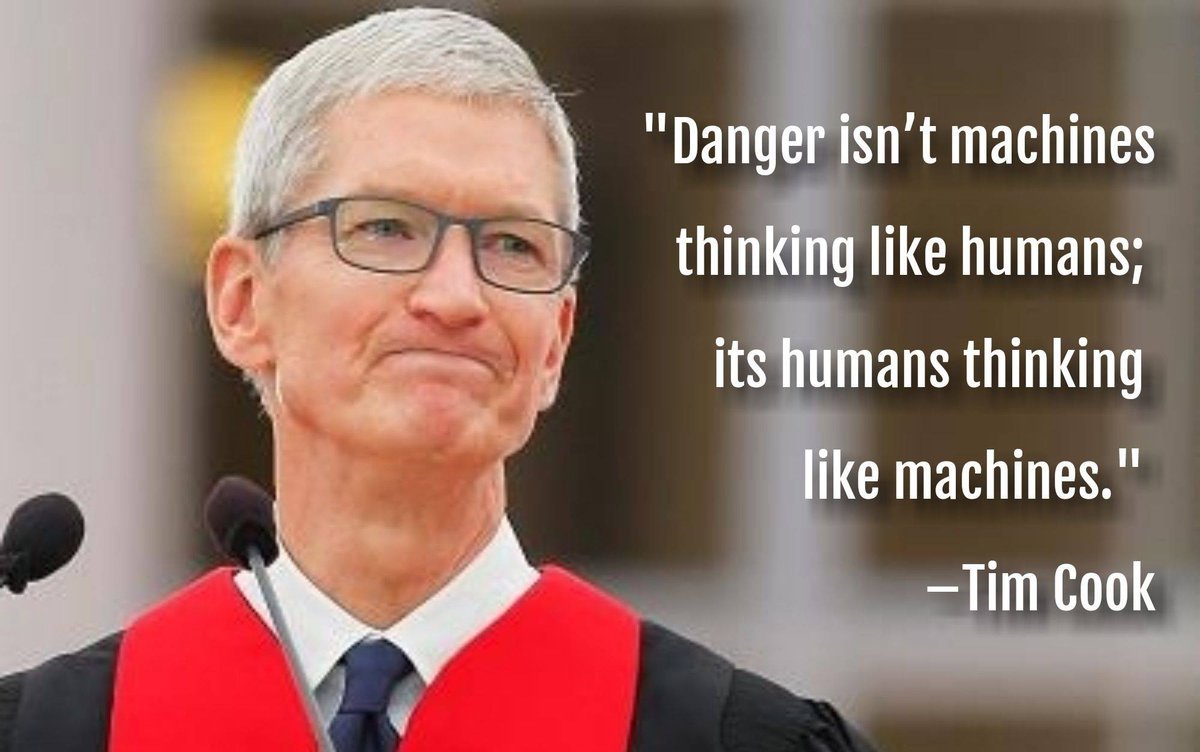"Because the pricing lever is so easy to pull and generates quick results for investors, retailers are often tempted to make quick, gut decisions to generate foot traffic with low prices. But this addiction is unstainable and not an isolated incident. Major companies are buckling down for bigger investments on price in the absence of other avenues to compete.Fundamental ter uma estratégia de diferenciação. Fundamental fugir da dependência do preço. Fundamental pensar por si próprio e não por ver as acções dos outros.
...
Play to win. But only after you know where, when and how much to compete. Most retailers can’t afford to blindly follow the lowest market pricing (and they shouldn’t). The good news is that you don’t have to meet or beat all prices on all products to win. The key is identifying which products are most critical to customer price perception and then understanding the results a price reduction will yield.
...
Pull the price lever. But don’t use it as a crutch. The power of pricing to drive volume and profits is unparalleled. Used correctly, it can be highly accretive. Abused, it can lead to quick ruin. Today’s customer demands competitive prices, but also craves experience, brand connection and convenience (among other things). Price should be a key part of your competitive strategy; however, it shouldn’t be your entire competitive strategy. If parts of your overall growth strategy aren’t resonating with consumers, you’re always going to go back to price. And the more you do that, the harder it becomes to break that cycle or addiction.
...
Price wars are becoming the next retail addiction and will cause a “death spiral” as retailers race to the bottom on price. In this scenario, only the financially fittest will survive. In the short term, consumers should benefit from lower prices on the shelf, but long term everybody loses if focus continues to coalesce around competing on price and away from areas like customer experience and innovation. Not only is this behavior inherently self-destructive, it begins closing off future avenues to growth. Once you’ve won a customer’s share of wallet based solely on the price of the good, what’s next? They are likely to stay only so long as you continue to be the lowest priced option."
Trechos retirados de "Price War: Retail’s Latest Self-Destructive Addiction"





























